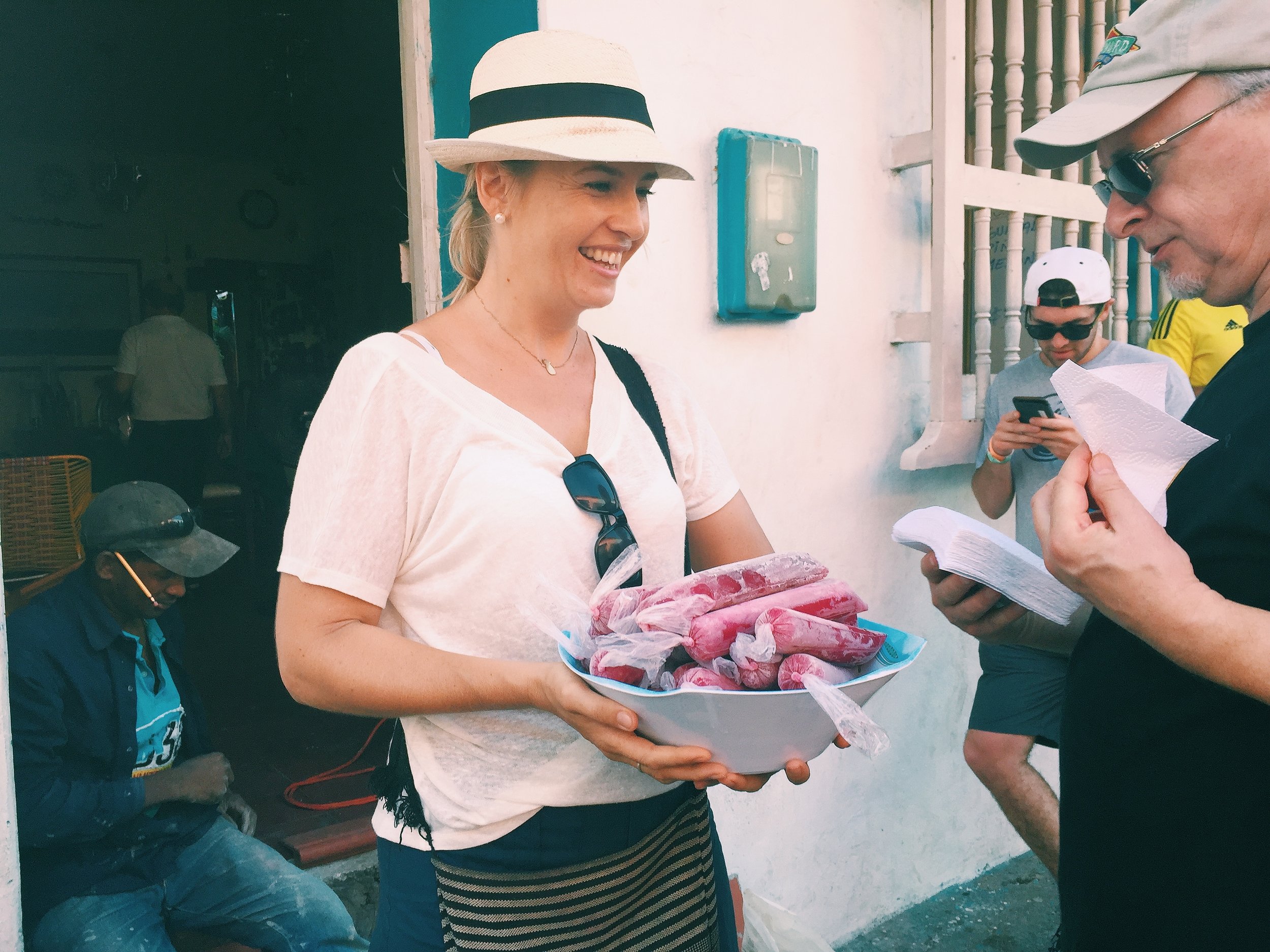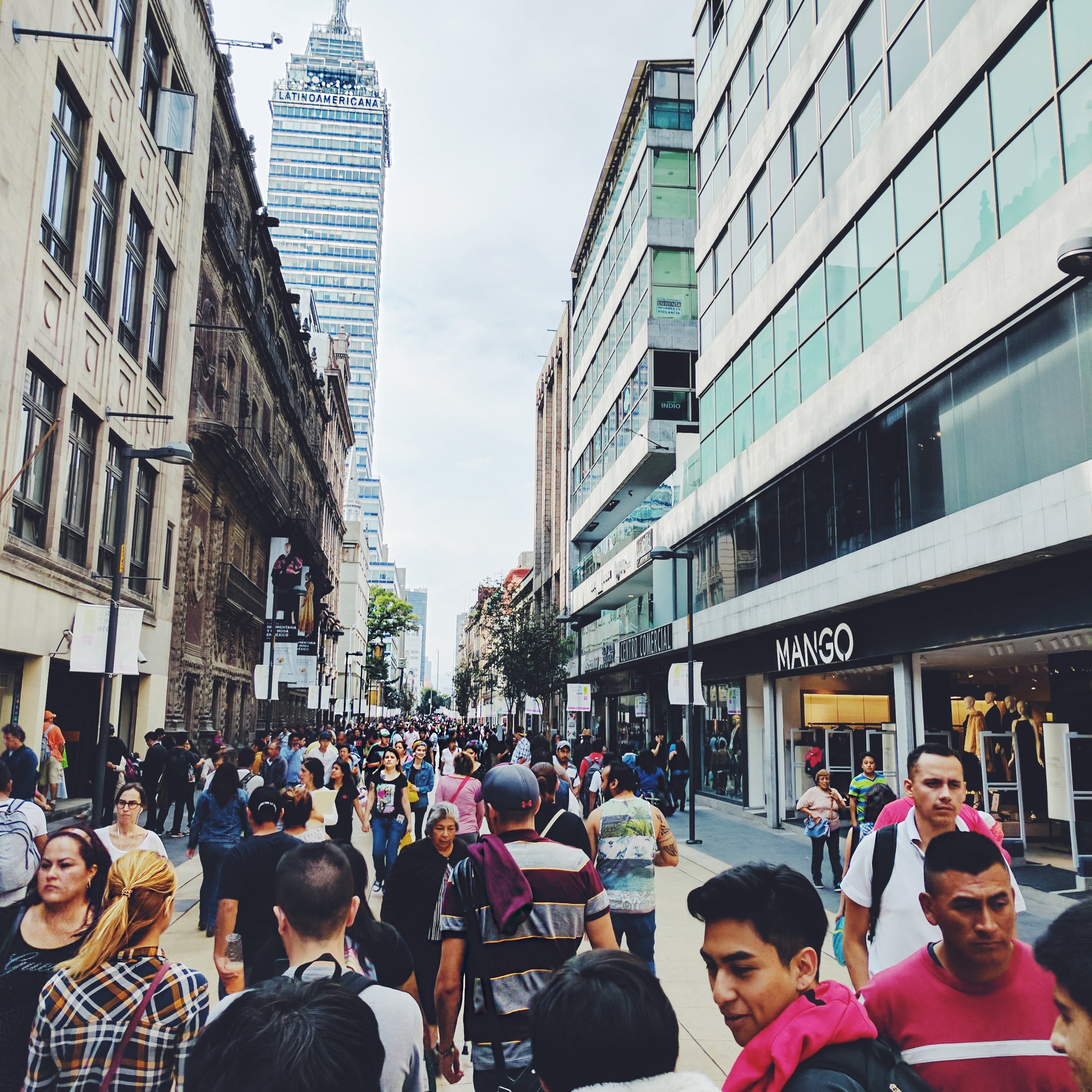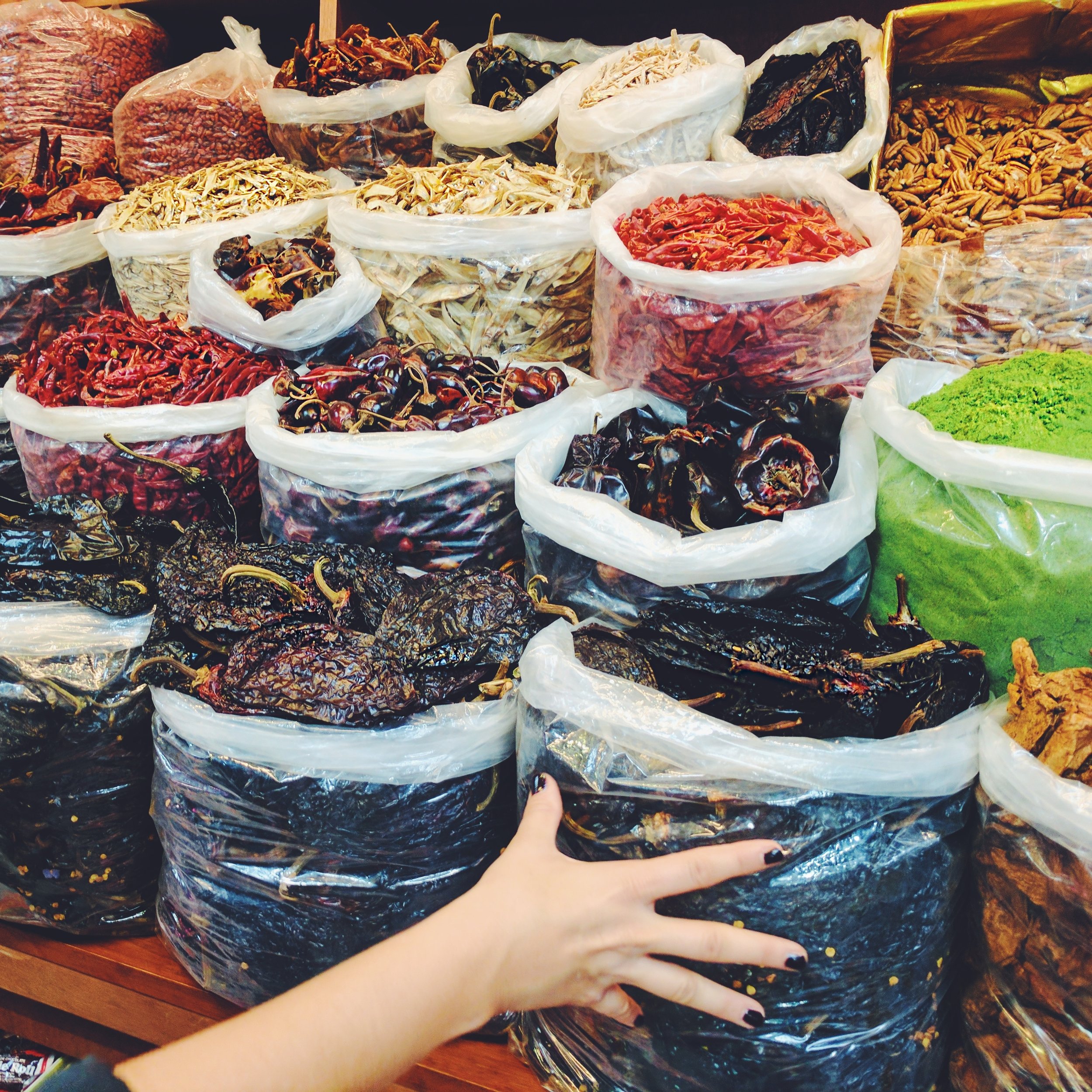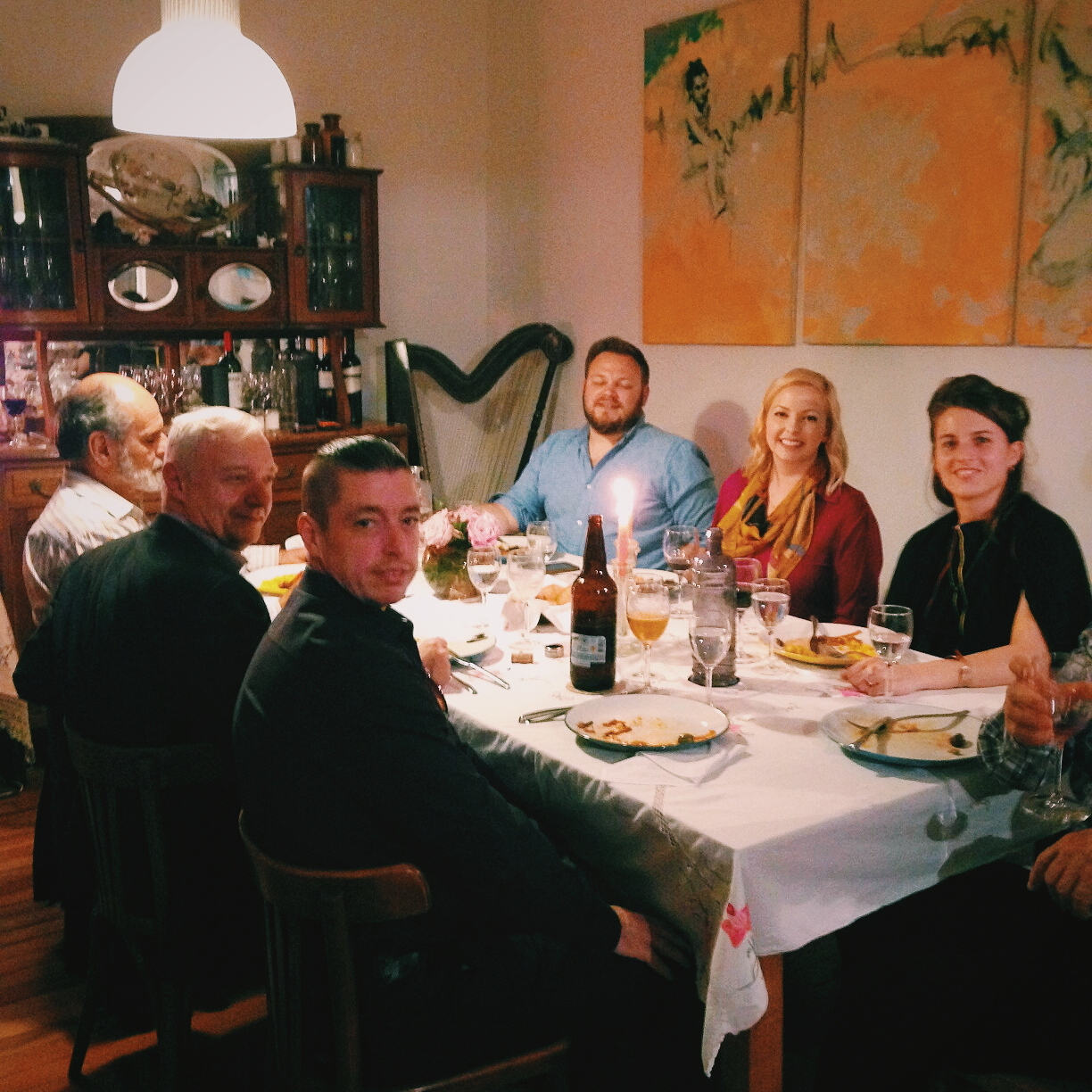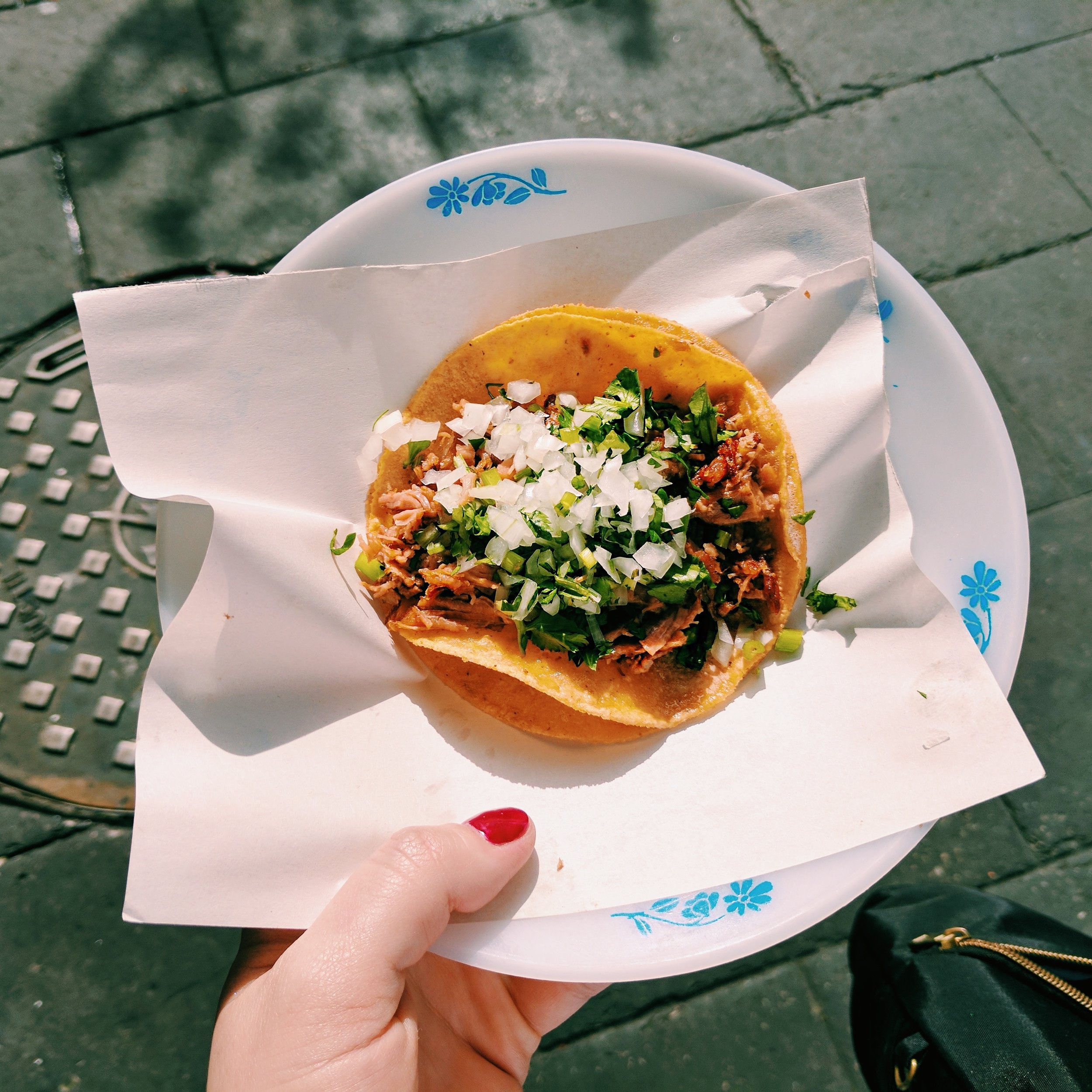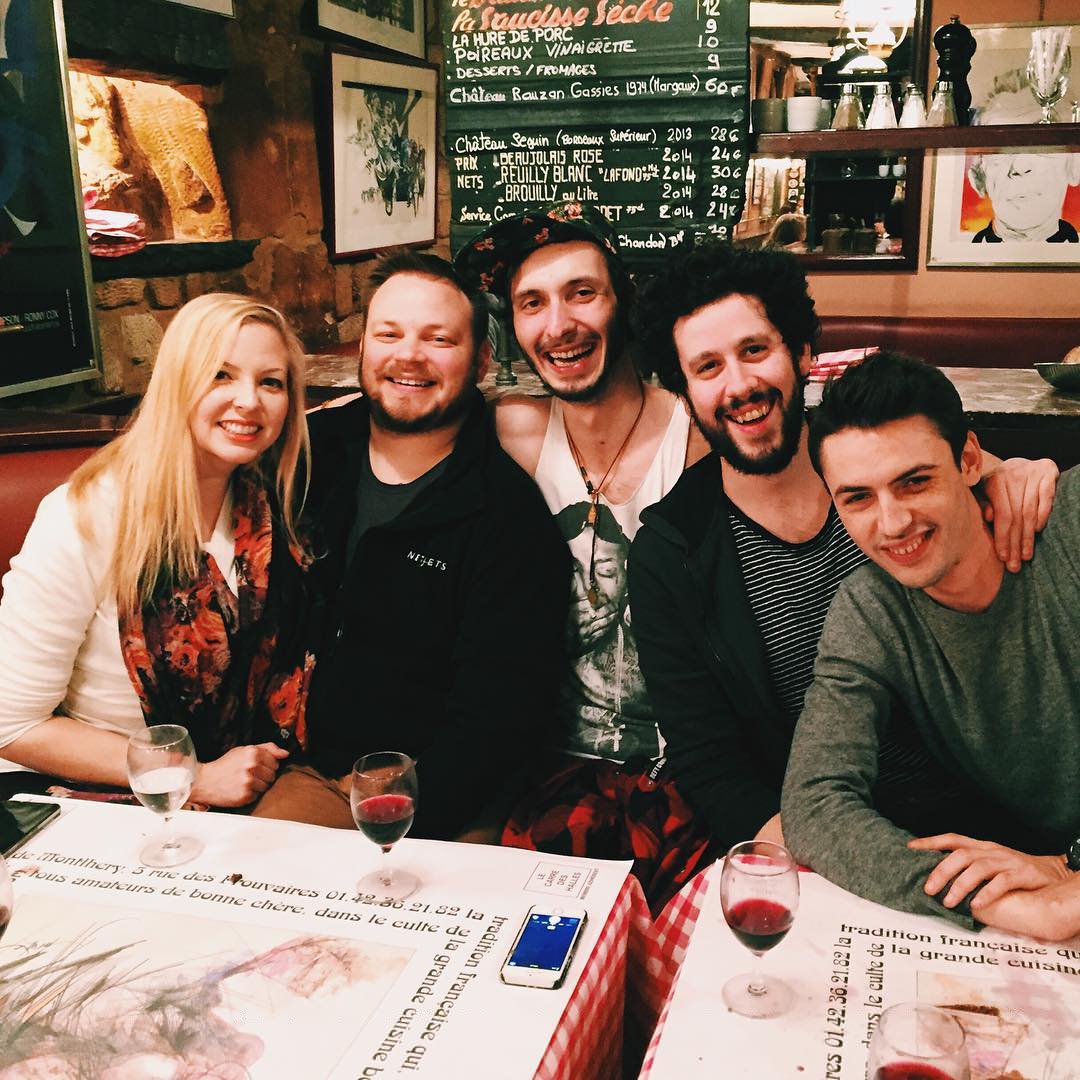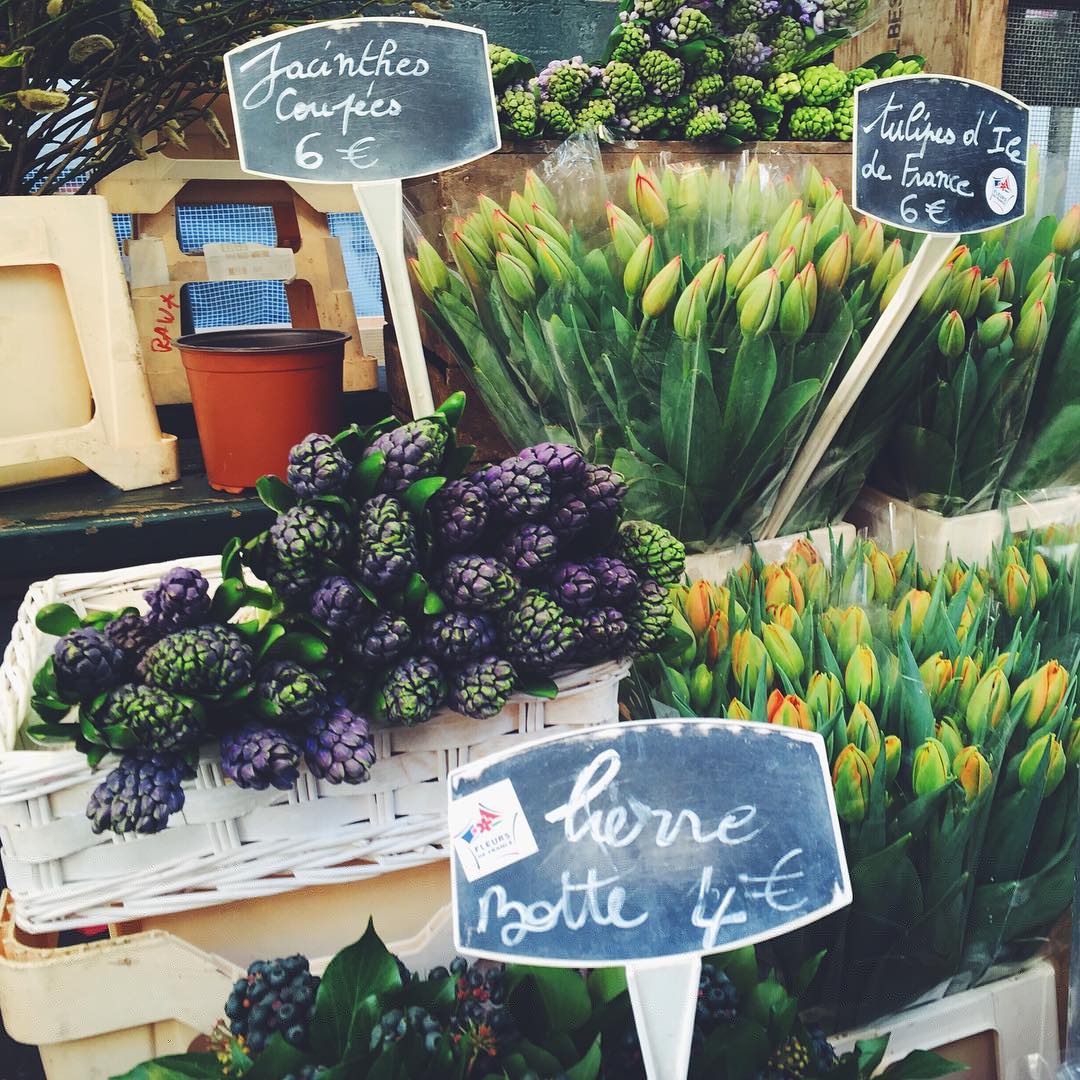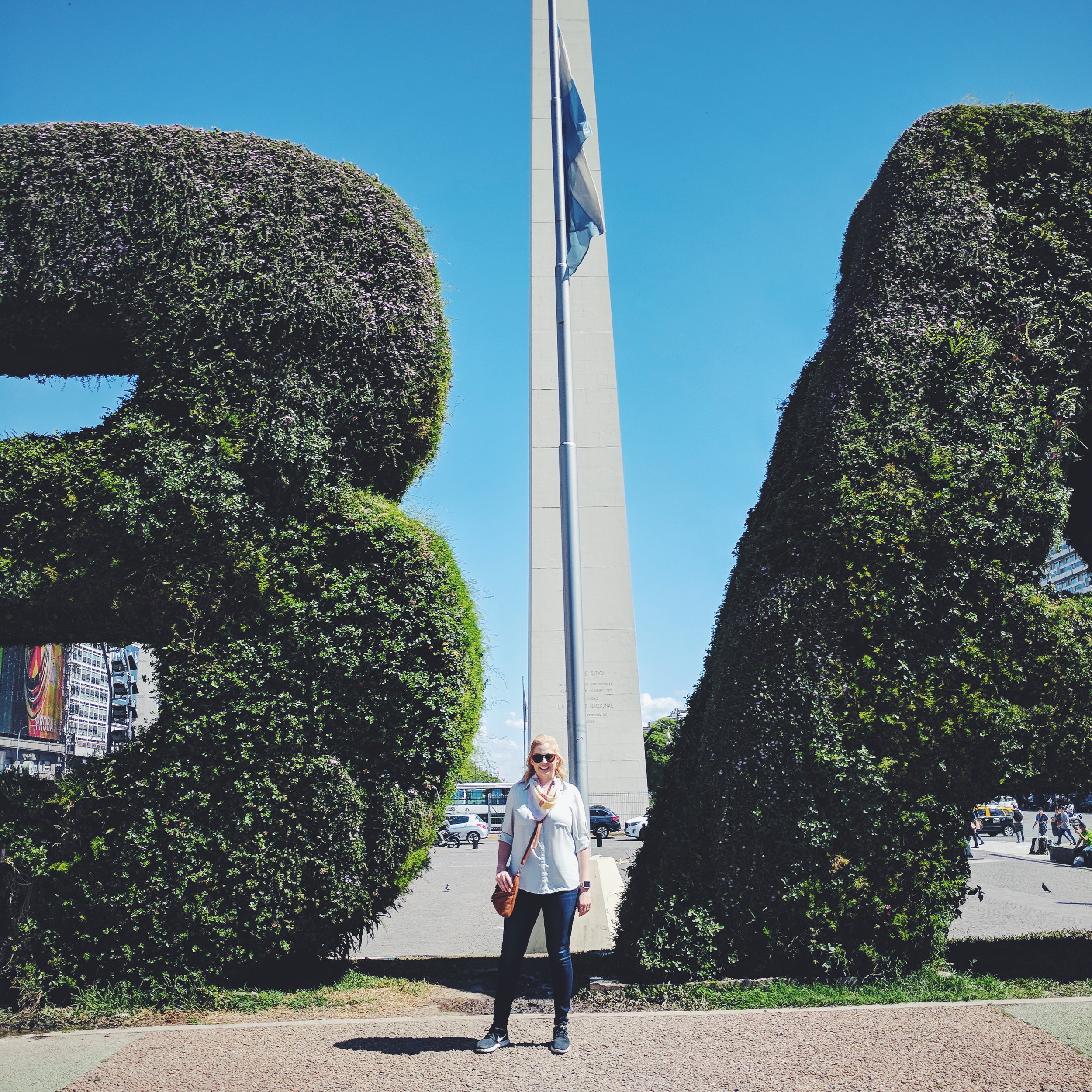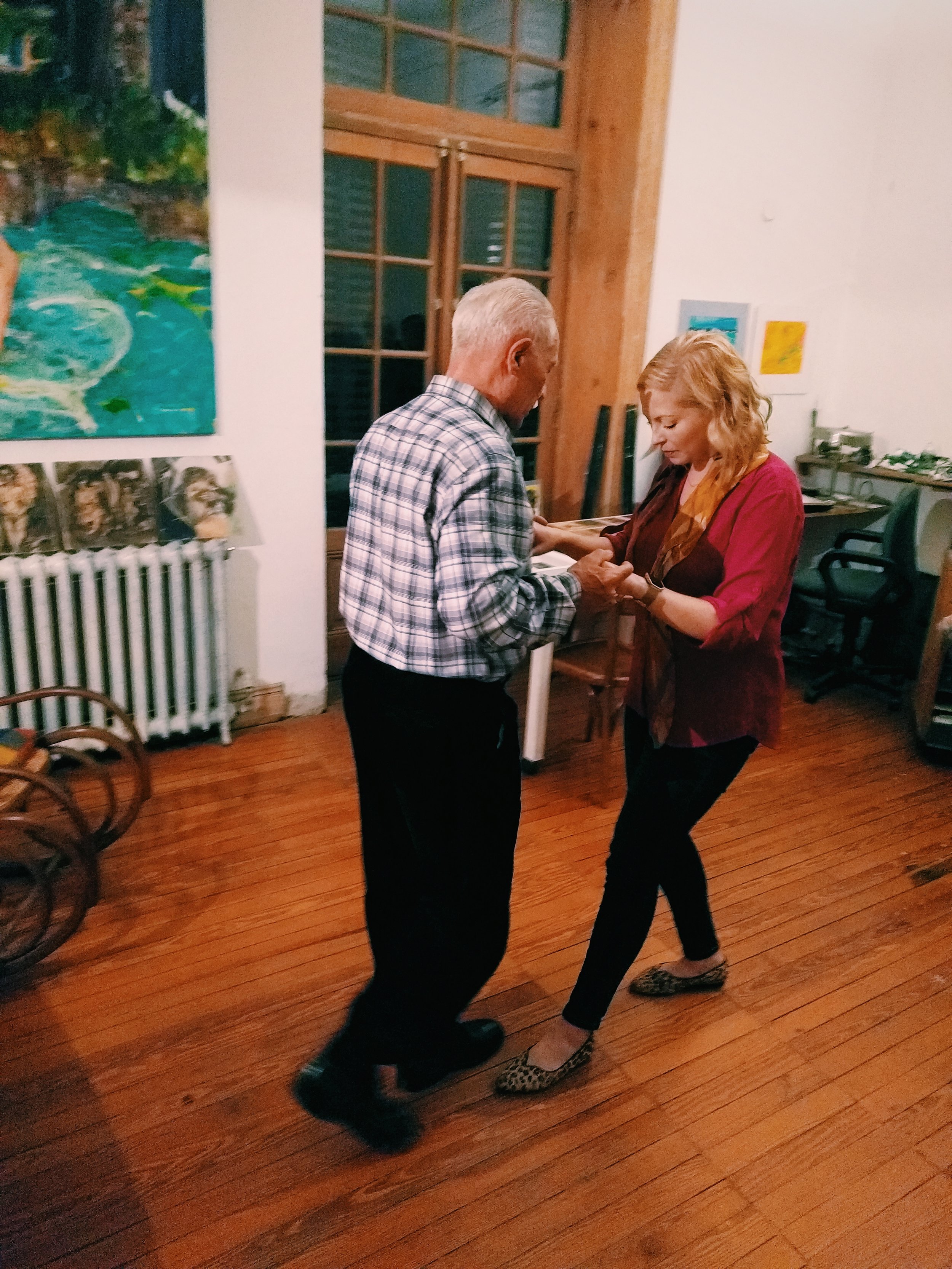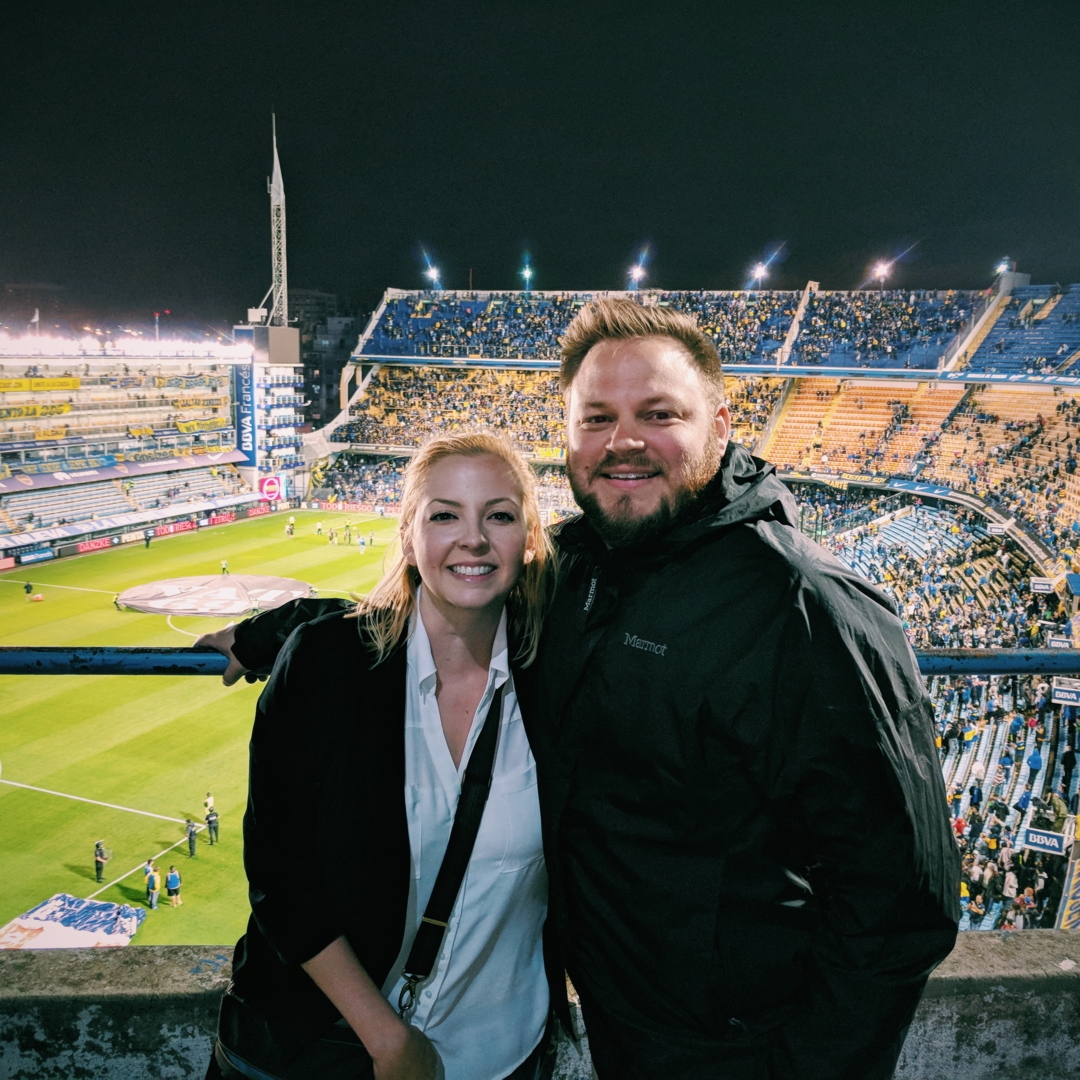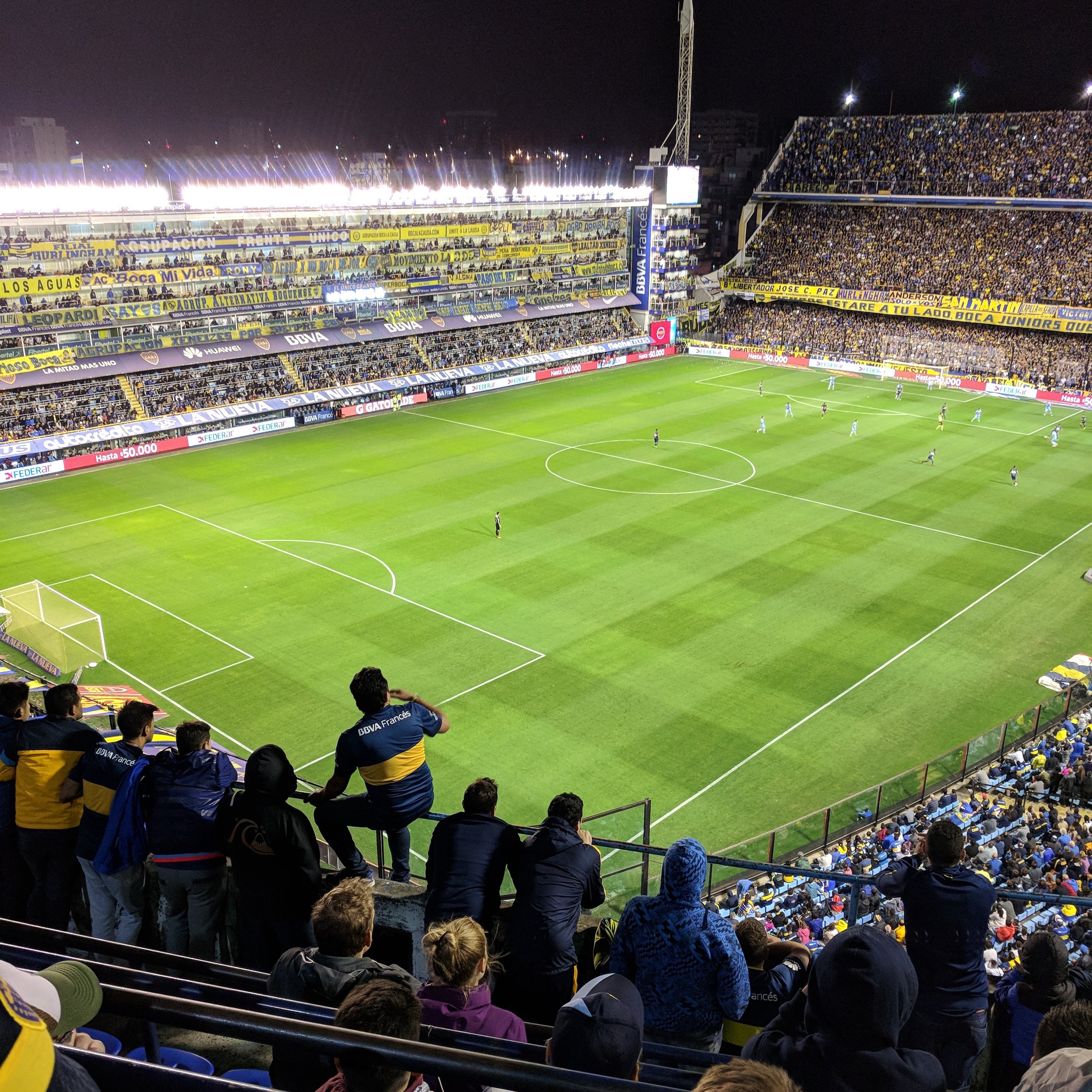7 ways to feel like a local when you travel
The best travel experiences are those you could never plan for.
Stumbling into a crumbling hole-in-the-wall bar populated only by a handful of locals, and an hour later finding yourself sipping from the bottle of tequila the owner is passing around the table, making crude attempts at conversation in your broken Spanish.
The wine-fueled impromptu opera and guitar performances around another table of new friends.
The tango lesson in an artist’s studio, being guided through the paces by a man who escaped a famous cult long ago.
These are the memories that make traveling such a magical experience. These are not situations you can engineer.
However, there are people who seem to run into that magic a bit more often. And there are people who travel the world, but never feel like they really see it. What’s the difference there?
A certain openness to the world, certainly. But the shape of your trip - where you stay, where you dine, what you choose to spend your time doing - can have a dramatic impact on the type of memories you’ll make.
Here’s how to squeeze a little more local, authentic charm out of your travels.
1. Dine with locals.
Food is perhaps one of the best ways to get to the heart of a place. There’s so much history and culture wrapped up in our food.
But to dine alone, or with your travel partner, is to only get halfway there. So on my first trip to Buenos Aires, I tried something new. I booked an EatWith experience.
I’d heard of this site before, but never had the opportunity to try it. When planning previous trips, I’d kept looking for cool dining experiences on EatWith, but the site doesn’t have a foothold everywhere yet, so it wasn’t panning out. But in Buenos Aires, I saw one that spoke to me and booked it.
The “Art Dinner” with Mirta, an artist who shows in galleries around the world, was nothing short of magical. My husband I showed up not knowing what to expect - we were supposed to be only 2 of 3 guests, according to the site - but arrived to find ourselves sharing cocktails and canapés on the rooftop balcony of a centuries-old residence with several other charismatic, multilingual guests. Eventually, we moved into the dining area, just steps away from Mirta’s art studio.
For hours, we traded stories, sometimes in broken Spanish, sometimes in English, broke bread, and drank wine. We discussed art, and culture, current events, and literature. We talked about our histories and our lives. Occasionally, one would break out into operatic performance. Another, a musician, played us a new song on her guitar she’d been working on. And eventually, we all got tango lessons.
I swear, I felt like I was in a movie - a Wes Anderson film, perhaps or maybe a Woody Allen flick like Vicky Cristina Barcelona. It’s difficult for me to put into words just how surreal this night was.
We actually spent very little time with Mirta herself, as she was busy cooking and serving. The additional guests, it turns out, were friends or friends-of-friends of Mirta’s. A smart move, to bring interesting people together to make sure your guests never lack for a conversation partner.
That evening shaped my whole experience of Buenos Aires. Somehow, it embodied what I loved about the character and mood of the city. I can’t guarantee your own EatWith experience will be as special as that night, but it’s certainly worth a shot.
2. READ UP before you arrive.
Since the best travel experiences are often so happenstance, not calculated, it may seem counterintuitive to suggest that research will help. But in lieu of planning your trip down to the last tiny detail or minute, make sure you’ve done enough reading and research to feel you have a good grasp on the area (where to go for the best local food, neighborhoods to avoid) and culture (what’s valued, what’s acceptable, what’s not, etc.).
This will allow you to fly by the seat of your pants - and interact with locals - with more confidence.
3. Rent an apartment from a local instead of staying in a hotel.
Something to keep in mind when booking your accommodations is where you choose to stay - both the type of accommodation, and the location. This is obviously not true everywhere, but hotels often tend to be placed in commercial zones, away from residential areas.
If you want to get a sense for what it’s like to actually live somewhere, it’s better to stay where the locals do - in a real person’s house or apartment.
If you’re flying solo or in a small group and don’t mind not having the whole place to yourself, renting just a room will likely give you more interaction with your host. At the very least, you should have more of an opportunity to get advice on your destination, like their favorite restaurants and shops.
But if you want more privacy, renting the whole place will still give you more of the creature comforts that come with home, including a kitchen or kitchenette, more seating areas, and potentially a washing machine. You’ll get a feel for how people really live. And you’ll probably be surrounded by locals going about their lives.
The trick - and this can be difficult to discern - is to rent an apartment from a real local, instead of a company who has simply bought up and listed multiple flats. You can usually get a sense for this on the Airbnb host’s profile and by reading past reviews.
I still have people ask me about the safety of Airbnb. I’ve done it on almost every trip, and I have never had an issue with feeling unsafe. My best advice is to carefully read the reviews, try to rent from SuperHosts or hosts with lots of stays and reviews, and contact Airbnb right away if you have any issues. Most likely, you won’t need to.
As I’ve gotten older, I’ve come to appreciate - no, love - a good hotel. These days, I usually switch it up between hotels and apartments on my own trips. But if I choose to stay in a hotel, I simply keep in mind that I may need work a little harder to get out of my tourist bubble and find the true gems of the city I’ve temporarily adopted.
4. Dress to blend in, not stand out.
Wherever you’re going, make an effort to dress as much like the people in your destination as possible. This is not necessarily to disguise yourself as a local (which is almost impossible, anyway) - it’s more about showing respect for where you are and demonstrating a desire to blend in. If you’re from the US, that probably means dressing up a bit more than you would at home, as we tend to be hopelessly casual. Something as simple as swapping a t-shirt for a collared shirt or button-down and bringing a pair of black pants (not just jeans) will help you feel like you fit in.
5. Attend a sporting event.
Every culture, it seems, has a sport that almost everyone seems to rally around. In the United States, that’s American football. In many other countries around the world, though, that’s soccer. Attending a sporting event can tell you a lot about the place you’re visiting and the people who live there.
Make a point of catching a game while you’re there, even if you don’t consider yourself a fan. Be one for a day! Buy a cheap jersey and go all in.
Spending a few hours drinking beer and rubbing shoulders (literally) with passionate, cheering fans is a great way to experience your destination like a local.
In some parts of the world, soccer games can quickly become dangerous. You may find that the best, or even only way to see a game is to go as part of a group tour. In Buenos Aires, we saw a Boca Juniors game at their famously rowdy home stadium Bombonera, through the tour company LandingPadBA.com. It was much tamer than I was expecting (admittedly, my bar for chaos was the Brazil-Mexico game at the World Cup in Brazil) but it was still exciting to be there with so many other passionate fans.
6. Attempt the language.
No one’s expecting you to be fluent in the language of every place you visit. But you’ll get a lot farther by at least making an effort to learn and speak a few simple key words and phrases. In fact, just approaching someone for help in their language will often result in them switching to yours to help you - since they’ll be able to tell from your accent and other context clues that you’re not a native speaker.
Read “How not to be an asshole tourist” for more on this.
7. Go on a guided tour led by a local.
From street food tours and bar crawls, to sporting events and art, there are so many ways to see your destination through the eyes of a local. I’m not normally one for group activities - but some of my favorite travel experiences happened as a result of a guided tour.
It’s sort of like walking around a museum without the audio guide, and with no explanations on the walls. You can admire the artwork, but without the stories, history, and context that comes with a guide, you’ll only be scratching the surface.
Go deeper on your next trip - book time with a local expert.
Most of the tours I’ve booked have come from simply Googling my destination plus the type of tour I wanted to do, but Vayable and Airbnb Experiences are well-known marketplace for local guides.
⏤
Overall, you’ll probably find that being on a tight budget will bring you closer to what daily life is really like for most of the people living in your destination - so if you’re traveling as cheaply as possible, you can take comfort in knowing that this is likely to help you have a more authentic experience, not less.
Grabbing a choripan (chorizo sandwich with chimichurri) from a hole in the wall spot for lunch is going to give you a more genuine, daily-life experience than dining at a three or four star restaurant (or worse, a two star restaurant masquerading as a three star and targeting unknowing tourists). And avoiding expensive tourist trap shops in favor of businesses that locals actually frequent will likely be more interesting and easier on your wallet.
Above all, being mindful and gracious, being open to new experiences, outgoing, and curious will go a long way towards creating a more interesting trip.
Go into you travels with simple gratitude for the opportunity to experience a new place, and zero expectations.
You never know what you’ll find if you do.
Like this? Pin it for later!
